The best classic cars under £2,000 for young drivers

- Oops!Something went wrong.Please try again later.
If you’re young and trying to run a car on a relatively tight budget, the idea of owning a classic might feel like a distant dream. So we’ve sought out five modern classics that young drivers might just be able to afford. For starters, all of our choices can be bought for less than £2,000 – a sum of money you could otherwise use as a deposit on a brand-new Ford Fiesta.
What’s more, all of our choices are relatively economical, cheap to run and, crucially, cost no more to insure than our ‘control’ car. To fill that role, we’ve chosen the aforementioned new Fiesta, in 1.0 Trend form, on which we were quoted a premium of £968 a year*.
As Patrick Galbraith explained last year, a classic car is a great thing to own if you’re a young driver. Not only are classics often more involving and interesting to drive than their modern equivalents, but the skills you gain from owning one can be of huge benefit.
As you can imagine, with these sums of money involved, we haven’t quite managed to come with anything as exciting as Patrick’s Porsche. But all of our classics will make fun, quirky alternatives to the norm.
What’s more, they might help you to learn more about car control, and they will be easy to fix if you want to have a go at learning DIY mechanics. Above all, all of them should offer young drivers a taste of classic motoring without the soaring price tags associated with lots of popular cars from even the 1980s.
Saab 900
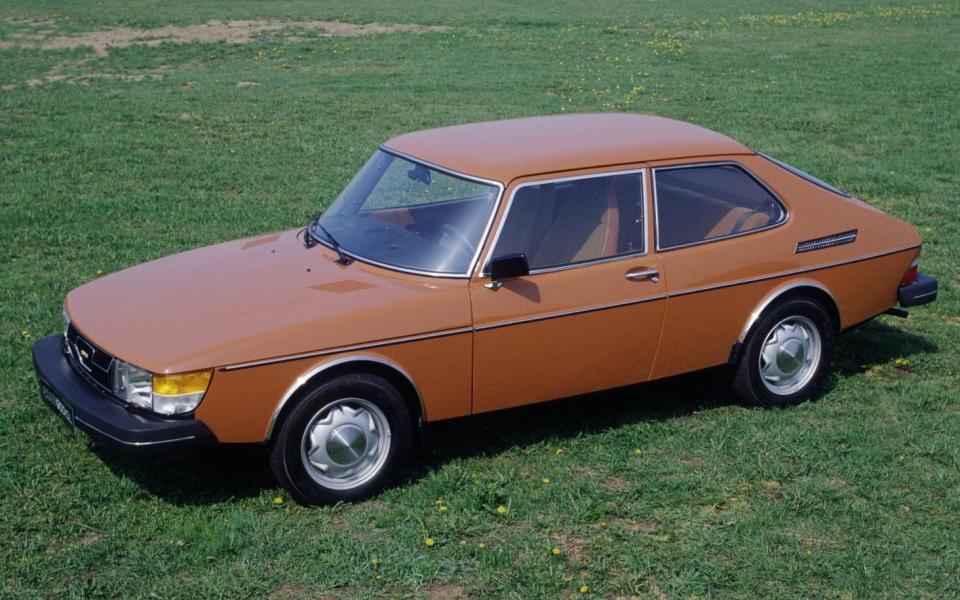
In Turbo form, the Saab 900 is something of an ’80s icon, so it’s no surprise that prices have skyrocketed in recent years. But as yet, prices of the standard, non-turbo cars don’t seem to have gone quite so mad. As a result, it’s still possible to bag a later, lower-spec car with a naturally-aspirated engine within our £2,000 budget.
Such a car is surprisingly insurable for a young driver, too. In fact, it should cost you no more than our ‘control’ Fiesta – and in fact, it might even cost you slightly less, perhaps by dint of the fact that this is one of the safest and most sensible classic cars you can buy for the money.
And while not exactly exciting to drive, the 900 is dripping with character, from its idiosyncratic styling to quirky features like the automatic heated seats, standard on every 900 of this generation. You’ll be glad of them come the winter, but right through the year, driving a classic 900 should prove a far more characterful way to get around than a common-or-garden supermini.
What to pay: £1,000 for a project, £2,000 for a serviceable example
Cost to insure: £952* (Saab 900 2.0 GL)
Why buy: It’s dripping with charm, but the 900 is also a sensible buy, with plenty of space and a strong body designed with safety in mind. Values are on their way up, too.
Citroen BX
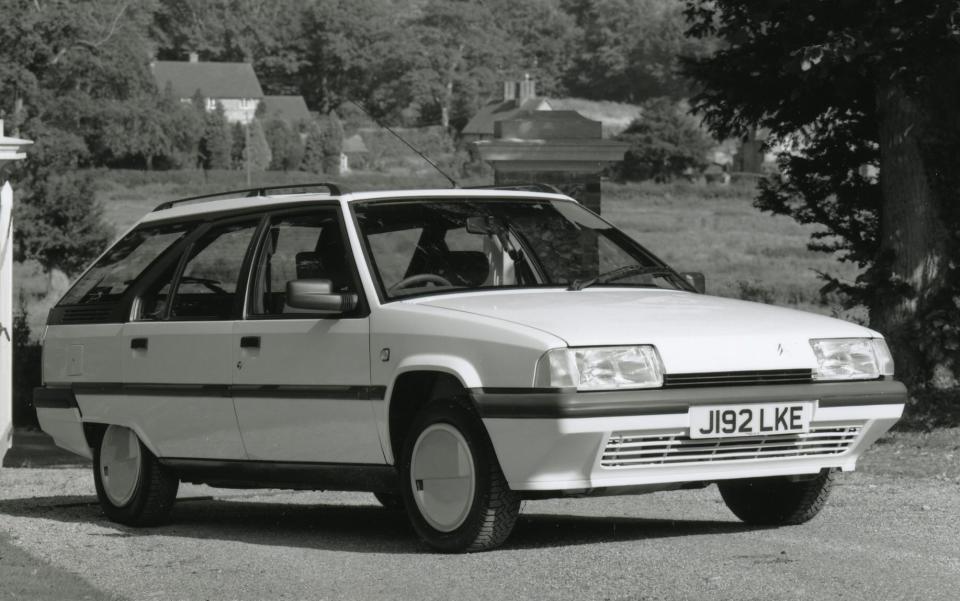
In its day, the BX was widely regarded as the car that brought Citroen into the mainstream fleet market, and helped popularise diesel as a viable alternative to petrol – at one stage, it was Britain’s best-selling diesel car.
That makes a diesel BX a super-frugal choice if you’re a little strapped for cash, but don’t ignore the petrol versions either – they’re very cheap to insure, and thanks to the BX’s light weight, they punch well above their weight, the 1.4-litre in particular.
All this in a Gandini-penned body whose angular lines and coupé-esque roofline make it really quite rakish. What’s more, you get the benefit of Citroen’s famous oleopneumatic suspension system, which makes the BX one of the most comfortable ways of getting around.
And a loyal enthusiast base means not only that there’s plenty of advice out there, but that parts are affordable and relatively easy to get hold of, too.
What to pay: £800 for a going concern; £2,000 gets you one of the best
Cost to insure: £956* (Citroen BX14 TGE)
Why buy: The BX offers a flavour of the iconic DS at a fraction of the price, with comfort, fuel economy, and even a bit of French panache all at an affordable price.
Fiat Cinquecento Sporting
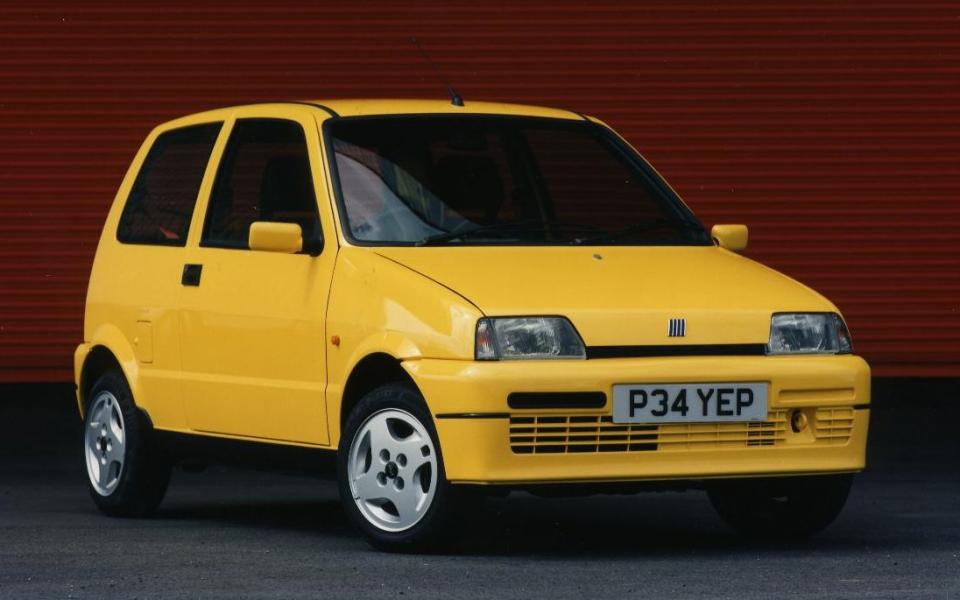
What’s this? A 1990s hot hatchback within our budget? Well, no, not really. To call the Sporting a hot hatch would be to push the limits of credibility – after all, its 1.1-litre engine develops just 54bhp. However, weighing in at just 727kg, and with tweaked suspension, the Cinq’ is an absolute hoot regardless, and should teach you all about front-wheel-drive handling, without a surfeit of power that could get you into trouble.
What’s more, the Sporting looks terrific, its blocky styling enhanced by body-coloured bumpers with contrasting trims and dinky four-spoke alloy wheels that mirror those of the larger Fiat Coupé.
It’s flimsy inside, as you might expect, with bare painted metal everywhere, and the Cinq’s diminutive size means seating adults in the back will be a squeeze. But if you can live with that, the Sporting will give you the feel of a classic hot hatch without any of the expense.
What to pay: £1,500 for a clean example with a long MOT
Cost to insure: £955* (Fiat Cinquecento Sporting)
Why buy: All the Italian brio you could wish for in a cute, quirky little warm hatch package. Immensely fun and laden with character, even if it is rather cheaply made.
Skoda Favorit
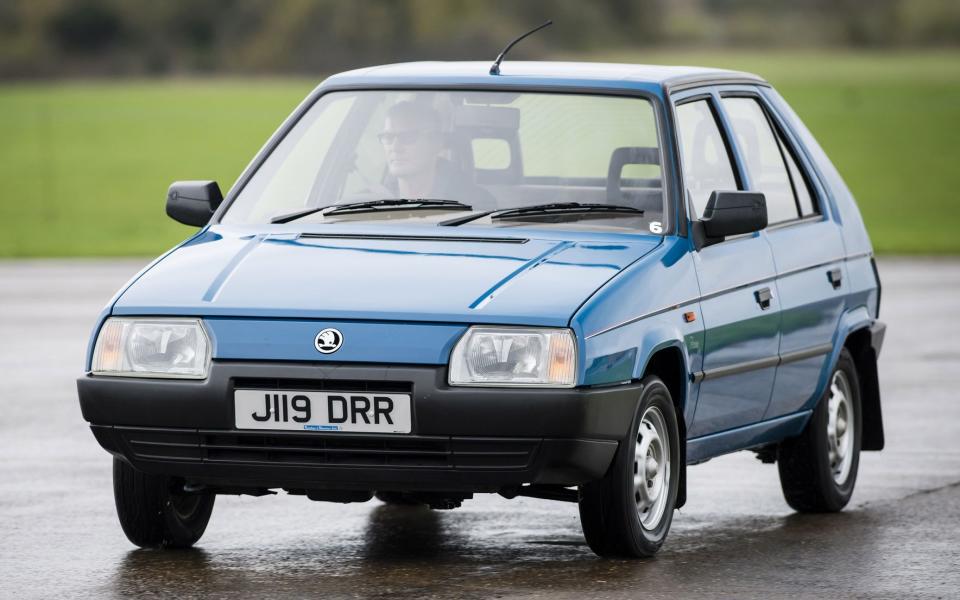
You might think of the Favorit as the last of the Skodas from the bad old days, but in fact it was built with Volkswagen input too, and that makes it a far better quality offering than you might be expecting.
The angular styling was dated even when it was new, but these days its wedgy profile lends the Favorit a welcome dollop of character. Under the bonnet, meanwhile, you’ll find simple mechanicals that are a breeze to look after, and that means the Favorit is an ideal choice if you’d like to learn how to tinker with a car yourself.
Downsides? Well, the Favorit’s driving experience won’t set any bales of hay on fire – 0-60mph takes a leisurely 15 seconds, the 1.3-litre engine is rather noisy, and the handling is rather plodding. But the Favorit’s honest, hard-working, frippery-free approach is charming, and its bargain basement price and low running costs make it a great starter classic for someone on a budget.
What to pay: £1,200 is enough for a freshly MOT’d low-miler
Cost to insure: £841* (Skoda Favorit 1.3 LXie)
Why buy: A no-frills starter classic that’s cheap to buy and run, the Favorit is modern enough to be driven daily, easy to repair if it goes wrong, and its sheer simplicity appeals.
Mazda MX-5 (Mk2)
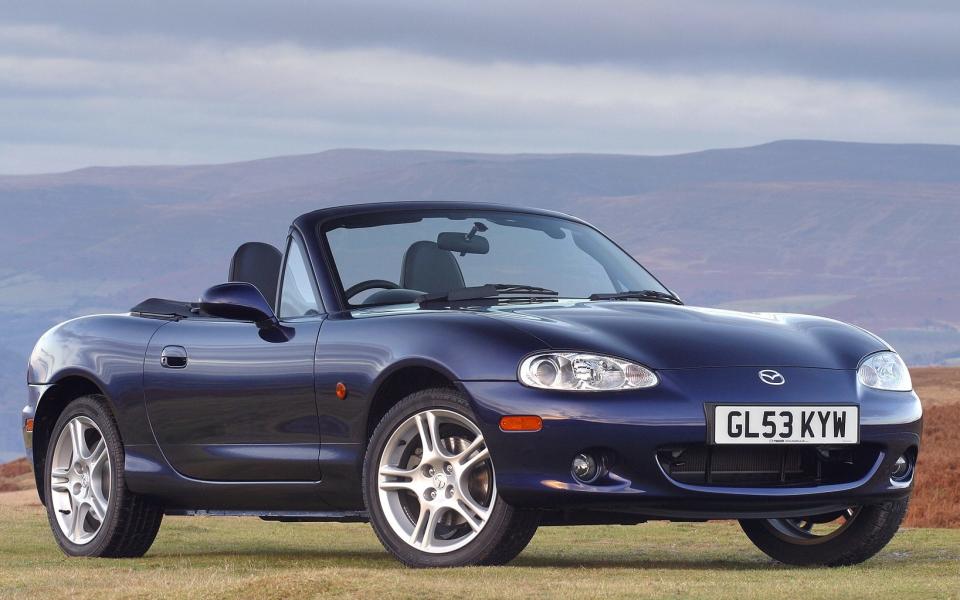
OK, we’ll admit it – we’re pushing the definition of the word ‘classic’ with the Mk2 MX-5. Then again, the earliest examples are now 23 years old, so they aren’t far off classic status – and with prices of good Mk1s now out of reach, the Mk2 is the MX-5 of choice for those shopping on a budget.
But surely insurance will be impossible for a young driver? Well, you’d think so, but if you stick to the less potent 1.6-litre model, premiums can be surprisingly affordable – indeed, believe it or not, this is the least expensive car of our five picks to insure.
Choosing an MX-5 with a smaller engine is a safer bet if you’re a younger driver anyway; this is the ideal car in which to learn how a rear-wheel-drive car handles. And even with that lower power output, you still get the sweet, responsive driving experience the MX-5 is famous for. And of course, when the sun’s out, you get to drop the top and soak up those rays.
What to pay: £1,200 for a rough example, £2,000 for a good one
Cost to insure: £799.31* (Mazda MX-5 1.6 Convertible)
Why buy: The 1.6-litre MX-5 is that vanishingly rare thing: a two-seat convertible that’s insurable even for a younger driver. It might not be fast, but it’s still great fun.
* Insurance quotes were obtained from a popular comparison website, and are based on a 20-year-old single male with no children, living at home with parents in Banbury, who has held a full licence for two years and has a year’s no-claims bonus and no claims or licence endorsements. The car was declared to be parked on the road, and all insurance quotes are for fully comprehensive insurance with a £250 voluntary excess.
For tips and advice, visit our Advice section, or sign up to our newsletter here
To talk all things motoring with the Telegraph Cars team join the Telegraph Motoring Club Facebook group here

